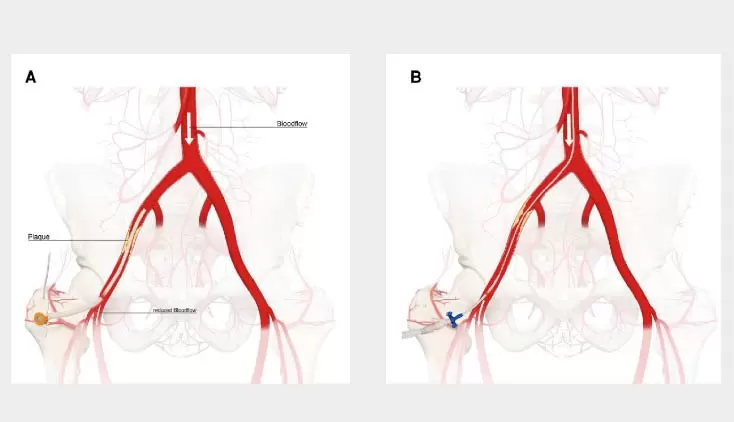Case Review, Clinical Research & Data, Intravascular Imaging, Protected PCI
RESTORE EF: Ejection Fraction Improvement with Complete Revascularization
Mitul Patel, MD, FACC, FSCAI, from UC San Diego (UCSD), discusses the RESTORE EF study and a successful patient case from the study. The case was a 61-year-old male with diabetes, hypertension, and hyperlipidemia who had new-onset heart failure and severe three-vessel coronary artery disease (CAD). The patient was transferred to UCSD for consideration of coronary artery bypass graft (CABG) surgery; however, after considering the case, the surgeons referred the patient to Dr. Patel for high-risk percutaneous coronary intervention (PCI).
Dr. Patel explains that the patient was referred from out of town. “We felt that we could really address a lot of his disease in a single setting to save him the trip back and to offer him the best chance of left ventricular recovery.” The team placed an Impella CP® for hemodynamic support and began the procedure.
First, Dr. Patel and his team performed balloon angioplasty and stenting of the diagonal branch, optimized with intravascular ultrasound (IVUS), and performed an atherectomy of a heavily calcified mid-LAD lesion. Next, they crossed the circumflex CTO to perform additional angioplasty and stenting.
“You can make the argument to stop here,” Patel notes, “but we had not used much contrast, the patient was doing well, tolerating everything just fine, and we elected to go ahead and move on to the right coronary artery CTO.” The team then treated the very tortuous RCA with angioplasty and stenting with a nice result.
Dr. Patel emphasizes that this case afforded the patient complete revascularization in a single setting due in part to the hemodynamic support from Impella® heart pump as well as limited use of contrast, extensive use of intravascular imaging, and efficient use of fluoroscopy. Comparing the follow-up echocardiogram with the initial echo, Dr. Patel states that the case “certainly speaks to what complete revascularization can accomplish for these very, very complex patients.”
Dr. Patel then reviews key results from the RESTORE EF study, highlighting significant improvement from pre-PCI LVEF of 35% to 90-day follow-up LVEF of 45% in the patient cohort. He also emphasizes that the RESTORE EF results showed a 76% relative reduction in NYHA class III/IV heart failure symptoms post-PCI and a 97% relative reduction in CCS angina class III/IV symptoms from baseline to post-PCI.
IMP-3516


